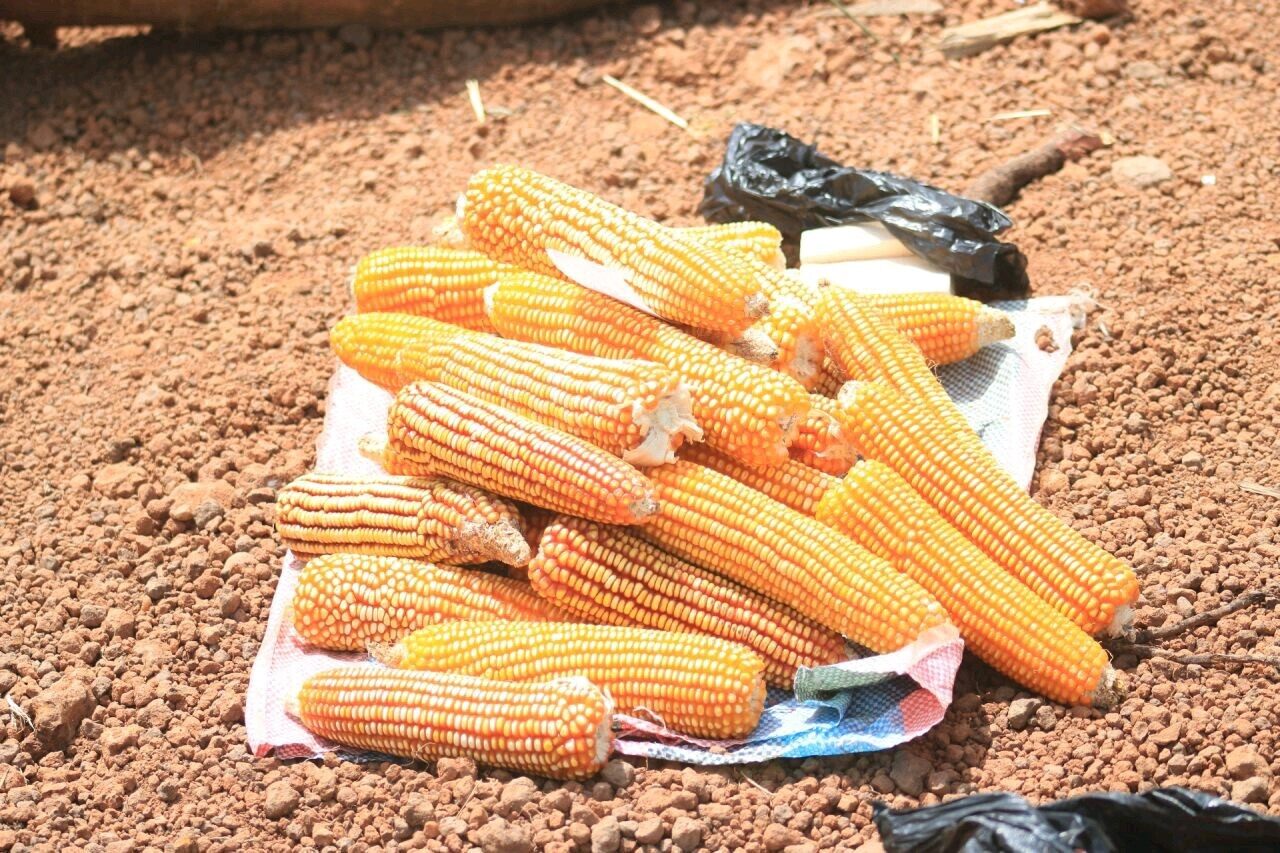
Aflatoxin is a toxic substance produced by certain molds, primarily Aspergillus flavus and Aspergillus parasiticus. These molds thrive in warm, humid environments, often contaminating crops like corn, peanuts, and tree nuts. Why should you care about aflatoxin? Because it poses serious health risks to both humans and animals. Exposure to aflatoxin can lead to liver damage, cancer, and weakened immune systems. It's especially dangerous in regions with poor food storage practices. Understanding aflatoxin is crucial for anyone involved in agriculture, food safety, or health. This article will provide 40 essential facts about aflatoxin, helping you grasp its impact and how to minimize risks.
What is Aflatoxin?
Aflatoxin is a toxic substance produced by certain molds, specifically Aspergillus flavus and Aspergillus parasiticus. These molds can contaminate food crops and pose serious health risks to humans and animals.
- Aflatoxin is a type of mycotoxin, which is a toxic compound produced by fungi.
- It was first discovered in the 1960s when it caused the death of thousands of turkeys in England.
- The name "aflatoxin" comes from the mold that produces it, Aspergillus flavus.
- Aflatoxin can contaminate a variety of crops, including corn, peanuts, and tree nuts.
- It is most commonly found in warm, humid regions where the mold thrives.
Health Risks of Aflatoxin
Exposure to aflatoxin can lead to severe health issues. Understanding these risks is crucial for both prevention and treatment.
- Aflatoxin is a potent carcinogen, meaning it can cause cancer.
- Long-term exposure to aflatoxin can lead to liver cancer.
- It can also cause acute poisoning, known as aflatoxicosis, which can be fatal.
- Symptoms of aflatoxicosis include vomiting, abdominal pain, and liver damage.
- Children are particularly vulnerable to aflatoxin exposure, which can stunt growth and cause developmental delays.
How Aflatoxin Contaminates Food
The process of contamination can occur at various stages, from pre-harvest to storage. Knowing how it happens can help in taking preventive measures.
- Aflatoxin contamination often begins in the field, especially if crops are stressed by drought or insect damage.
- Poor storage conditions, such as high humidity and temperature, can exacerbate contamination.
- Insects can also spread the mold spores that produce aflatoxin.
- Contaminated crops can affect the entire food chain, including livestock that consume the contaminated feed.
- Even processed foods can contain aflatoxin if the raw materials were contaminated.
Detection and Regulation
Detecting aflatoxin and regulating its levels in food is essential for public health. Various methods and regulations are in place to manage this.
- Aflatoxin levels in food are regulated by agencies like the FDA and WHO.
- The FDA has set the maximum allowable level of aflatoxin in food at 20 parts per billion (ppb).
- Advanced testing methods, such as ELISA and HPLC, are used to detect aflatoxin in food samples.
- Some countries have stricter regulations than others, reflecting the varying levels of risk.
- Regular monitoring and testing are crucial to ensure food safety.
Preventing Aflatoxin Contamination
Prevention is better than cure. Several strategies can help minimize the risk of aflatoxin contamination in crops and food products.
- Good agricultural practices, such as crop rotation and proper irrigation, can reduce the risk of contamination.
- Using resistant crop varieties can also help in preventing aflatoxin.
- Proper drying and storage of crops are essential to prevent mold growth.
- Biological control methods, such as introducing non-toxic strains of Aspergillus, can outcompete the toxic ones.
- Farmers can use fungicides to control mold growth, although this is not always effective.
Impact on the Economy
Aflatoxin contamination has significant economic implications, affecting both farmers and consumers.
- Contaminated crops can lead to massive financial losses for farmers.
- Export restrictions due to aflatoxin contamination can affect a country's economy.
- The cost of testing and regulation adds to the economic burden.
- Consumers may face higher prices for safe, uncontaminated food.
- In some regions, aflatoxin contamination can lead to food shortages.
Interesting Facts About Aflatoxin
Here are some lesser-known but fascinating facts about aflatoxin that highlight its complexity and impact.
- Aflatoxin B1 is the most toxic and carcinogenic form of aflatoxin.
- The mold that produces aflatoxin can grow on a wide range of substrates, including spices and dried fruits.
- Some traditional food processing methods, like fermentation, can reduce aflatoxin levels.
- Aflatoxin contamination is a significant issue in developing countries, where monitoring and regulation may be less stringent.
- Research is ongoing to develop more effective ways to detect and eliminate aflatoxin.
Global Efforts to Combat Aflatoxin
Various international organizations and initiatives are working to address the issue of aflatoxin contamination.
- The Global Alliance for Improved Nutrition (GAIN) works to reduce aflatoxin exposure in developing countries.
- The Partnership for Aflatoxin Control in Africa (PACA) aims to improve food safety and health outcomes.
- The International Institute of Tropical Agriculture (IITA) conducts research on aflatoxin-resistant crop varieties.
- Collaborative efforts between governments, NGOs, and the private sector are essential for effective aflatoxin control.
- Public awareness campaigns can help educate farmers and consumers about the risks and prevention of aflatoxin.
Final Thoughts on Aflatoxin
Aflatoxin poses serious health risks, especially in developing countries where food storage conditions are less controlled. This toxin, produced by certain molds, can contaminate crops like corn, peanuts, and tree nuts. Long-term exposure can lead to liver cancer, stunted growth in children, and immune system suppression.
Preventing aflatoxin contamination involves proper drying and storage of crops, regular testing, and using resistant crop varieties. Awareness and education are key in combating this hidden threat. Farmers, consumers, and policymakers must work together to ensure food safety.
Understanding aflatoxin's impact and taking preventive measures can significantly reduce health risks. Stay informed, support safe agricultural practices, and advocate for better food safety regulations. Knowledge and action can protect communities from the dangers of aflatoxin.
Was this page helpful?
Our commitment to delivering trustworthy and engaging content is at the heart of what we do. Each fact on our site is contributed by real users like you, bringing a wealth of diverse insights and information. To ensure the highest standards of accuracy and reliability, our dedicated editors meticulously review each submission. This process guarantees that the facts we share are not only fascinating but also credible. Trust in our commitment to quality and authenticity as you explore and learn with us.


